Name William Dargan | Role Engineer | |
 | ||
Born 1799 ( 1799 ) County Laois, Ireland Other names The father of Irish railways. Died February 7, 1867, Dublin, Republic of Ireland | ||
William Dargan (28 February 1799 – 7 February 1867) was arguably the most important Irish engineer of the 19th century and certainly the most important figure in railway construction. Dargan designed and built Ireland's first railway line from Dublin to Dún Laoghaire in 1833. In total he constructed over 1,300 km (800 miles) of railway to important urban centres of Ireland. He was a member of the Royal Dublin Society and also helped establish the National Gallery of Ireland. He was also responsible for the Great Dublin Exhibition held at Leinster lawn in 1853. His achievements were honoured in 1995, when the Dargan Railway Bridge in Belfast was opened, and again in 2004 when the Dargan Bridge, Dublin a new cable stayed bridge for Dublin's Light Railway Luas were both named after him.
Contents
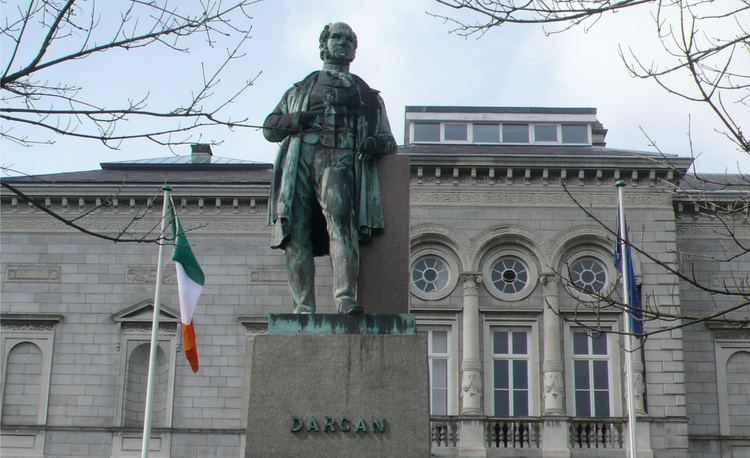
Biography
Dargan was born in County Laois (which was then called Queen's County) at a place called Killeshin near Carlow town, Ireland on 28 February 1799. He was the eldest in a large family of tenant farmers on the Earl of Portarlington's estate. He attended a local hedge school in Graiguecullen near Carlow, where he excelled in mathematics and accounting. He subsequently worked on his father's 101-acre farm before securing a position in a surveyor's office in Carlow. With the assistance of prominent local people, particularly John Alexander, a prominent Carlow miller, and Henry Parnell MP for County Laois Dargan began working with the Scottish engineer Thomas Telford on the Holyhead side of the London-Holyhead road. He worked there between 1819 and 1824. In 1824 Telford asked Dargan to begin work on a road from Raheny to Sutton in Dublin. The young Dargan earned the relatively large sum of £300 for his work on this road and this provided the capital for future public works investments.
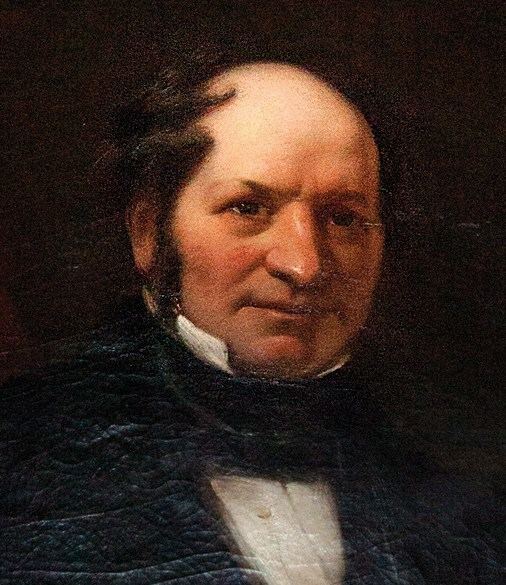
In 1831 he became the contractor for the construction of the Dublin and Kingstown Railway, the first line to be built in Ireland. He next constructed the water communication between Lough Erne and Belfast, afterwards known as the Ulster Canal, a signal triumph of engineering and constructive ability.
Other great works followed – the Dublin and Drogheda Railway, the Great Southern and Western Railway and the Midland Great Western Railway. By 1853 he had constructed over six hundred miles of railway, and he had then contracts for two hundred more. He paid the highest wages with the greatest punctuality, and his credit was unbounded. At one time he was the largest railway projector in Ireland and one of its greatest capitalists.
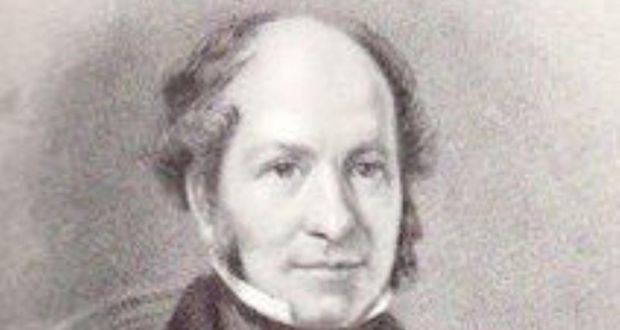
He made arrangements in 1853 for the Dublin exhibition. He began by placing £30,000 in the hands of the committees, and before it was opened, 12 May 1853, his advances reached nearly £100,000l of which he ultimately lost £20,000. At the close of the exhibition the Irish National Gallery on Leinster Lawn, as a monument to Dargan, was erected, with a fine bronze statue of himself in front, looking out upon Merrion Square.
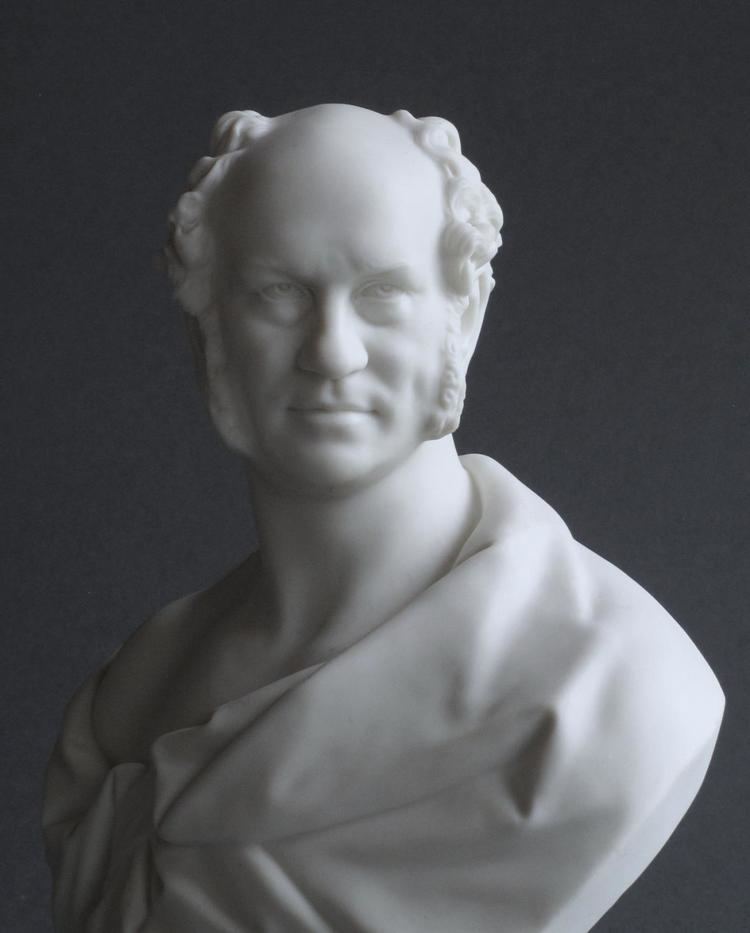
Dargan had a strong sense of patriotism to Ireland. He was offered a knighthood by the British Viceroy in Ireland, but declined. Following this, Britain's Queen Victoria visited Dargan at his residence, Dargan Villa, Mount Annville on 29 August 1853. She offered him a baronetcy, but he declined this also. Wishing to encourage the growth of flax, he then took a tract of land which he devoted to its culture, but owing to some mismanagement the enterprise entailed a heavy loss. He also became a manufacturer, and set some mills working in Chapelizod, in the neighbourhood of Dublin, but that business did not prosper.
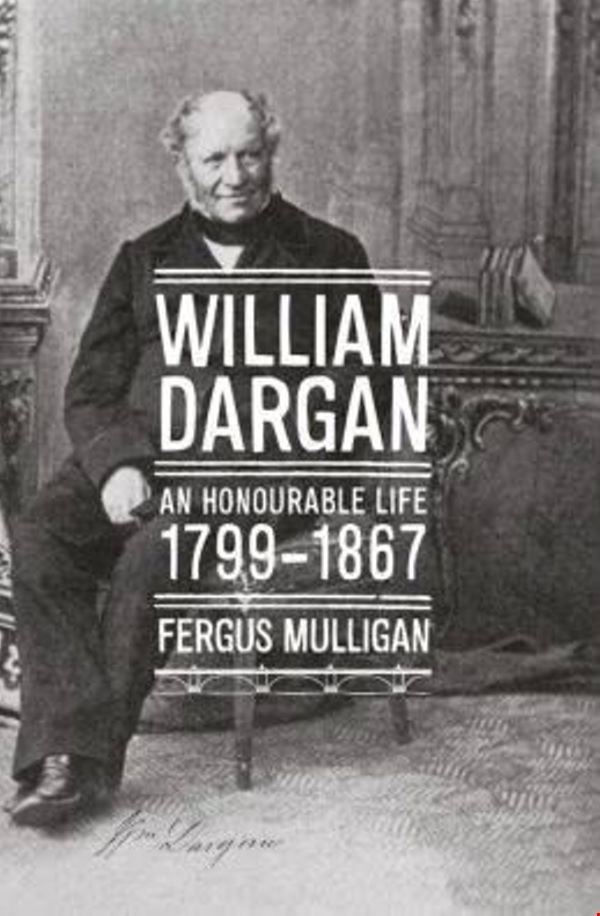
Latterly he devoted himself chiefly to the working and extension of the Dublin, Wicklow and Wexford Railway, of which he was chairman. In 1866 he was seriously injured by a fall from his horse. He died at 2 Fitzwilliam Square East, Dublin, on 7 February 1867, and was buried in Glasnevin cemetery. His widow, Jane, was granted a civil list pension of £100 on 18 June 1870.
